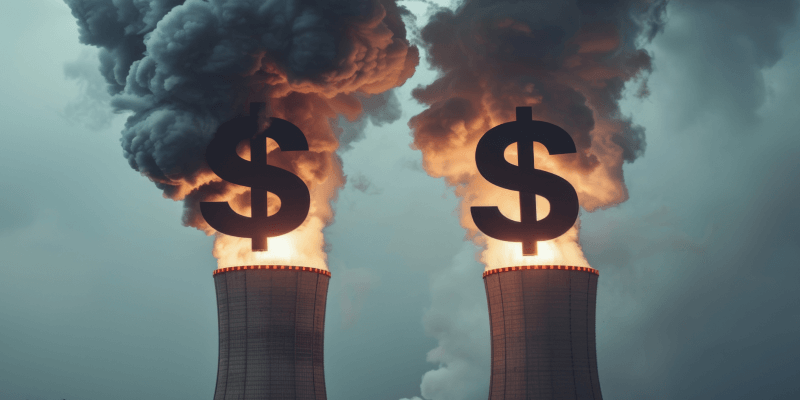In Q1 2025, conversations across Energy Considered’s 5,000 tracked key opinion leaders revealed a split picture for nuclear power. In Europe and Taiwan, political headwinds kept momentum low, with Germany’s phase-out still stirring debate and Taiwan pressing ahead toward a 2025 shutdown. Yet in Asia, the opposite story was unfolding: China, India, and Korea steadily built out new reactors, betting that nuclear’s stable, carbon-free baseload was too valuable to abandon at a time when data centres and AI were driving electricity demand to new highs.
Mentions of nuclear spiked to 528 in Q1, much of it from NGOs and consulting voices. Much of the conversation revolved around small modular reactors (SMRs): compact units that could be deployed faster, often in markets lacking large-scale LNG. Tech giants such as Amazon, Meta, and Google kept backing nuclear to anchor data centres, even while the near-term market tilted toward gas with carbon capture. Tracked KOL, James Schaefer, Senior Managing Director at Guggenheim, underscored the point: “LNG is a stopgap. Data centres and AI require baseload that doesn’t fluctuate, that’s where nuclear belongs.”
By Q2, mentions rose further to 732, reflecting nuclear’s return to the mainstream conversation. On June 12, the World Bank ended its decade-long ban on nuclear financing, formally agreeing to support reactor life extensions, grid upgrades, and deployment of SMRs in developing countries. Energy Considered’s tracked KOL and World Bank President Ajay Banga described the move as part of an “all-of-the-above” strategy to meet soaring electricity demand, particularly in digital economies. For nations from Ghana to Vietnam, the policy shift represents access to multilateral funding that could turn nuclear into a mainstream development tool. China pressed ahead with its Linglong One reactor, while India issued tenders to replace coal with nuclear capacity.
